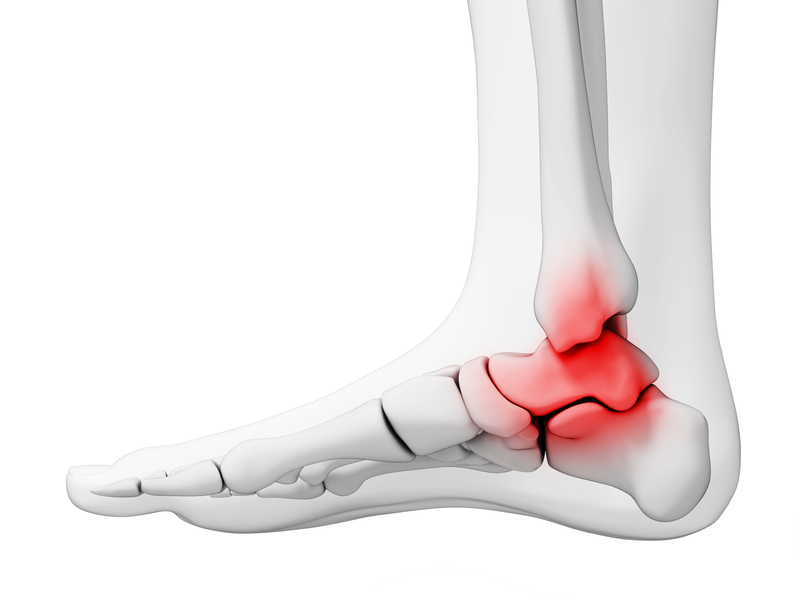
Plantar Faciitis
Plantar fasciitis is a common painful disorder affecting the heel and underside (plantar) aspect of the foot. It is usually caused by a scarring and inflammation of the connective tissue (fascia) that runs from the heel to the toes. It’s what forms the underside arch of your foot. Common symptoms are pain in the centre or side of the heel. This is the site of the insertion of the tendon into the bone.
It has often been classified as an over-use injury associated with sports and excessive standing. This results in an inflammatory process leading to pain and discomfort. However, more recent thoughts are that it is also associated with degenerative change due to aging. It is more common among people with excessive pronation of the foot or flat footedness. Pronation is the way the foot rolls inward when you walk and run. Some people pronate more (over pronation) or less (under pronation) than others. In these cases orthotics or shoe inserts are often prescribed to help with the symptoms. The opposite can also be true. Inactivity caused by obesity can also cause plantar fasciitis.
A common characteristic of this problem is a sharp pain with the first few steps of the day. Inflammation often stiffens the area when the body cools down as happens when we sleep for the night. It often feels similar to doing vigorous exercise and waking up very stiff the next day. Individuals with plantar fasciitis usually have difficulty with dorsiflexion, the movement of raising the toes towards the shin. The good news is that the condition usually resolves itself with time and responds to conservative treatment.
You would probably like to speed things up and shorten the healing time. Get back to walking without discomfort and doing active things with your family. Acupuncture and remedial massage are very helpful in speeding up the recovery process. Tight posterior chain (calves, hamstrings and gluteal) muscles can contribute to the condition, especially a dysfunctional and tight calf muscle. The calf attaches to the foot via the achilles tendon and then into the plantar fascia. By releasing the posterior chain and the calf muscle, you can get a great beneficial effect on the plantar fascia.
It is also worth checking the lower back and spinal alignment. If you are walking in a way that is compensating for dysfunction in the alignment of the body, you can place extra pressure on one foot. If you strike harder on one heel than the other, it will also tend to aggravate any irritations or discomfort of the dominant foot. Compression of the lower lumbar vertebrae can also cause referred pain to present itself in the heel. In these cases treating the back will quite often mend the foot. As they say, it’s all connected.
Please have a read of my personal experience with a painful foot in the blog section
